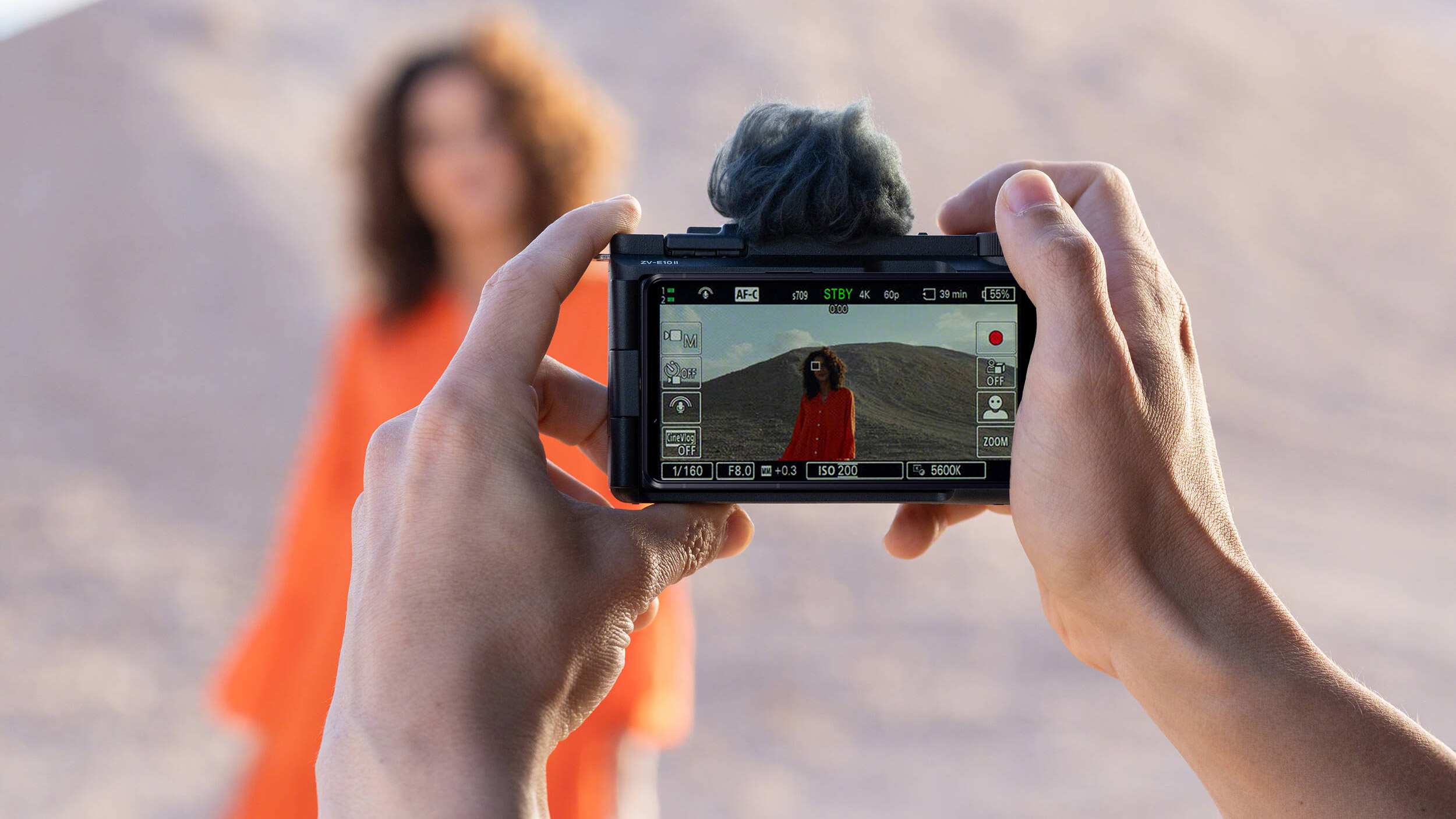DJI Pocket 2 vs Pocket 3 - which gimbal camera should you choose in 2025?
The DJI Pocket 3 is amazing, but the Pocket 2 is also pretty amazing and much cheaper, so which should you get?
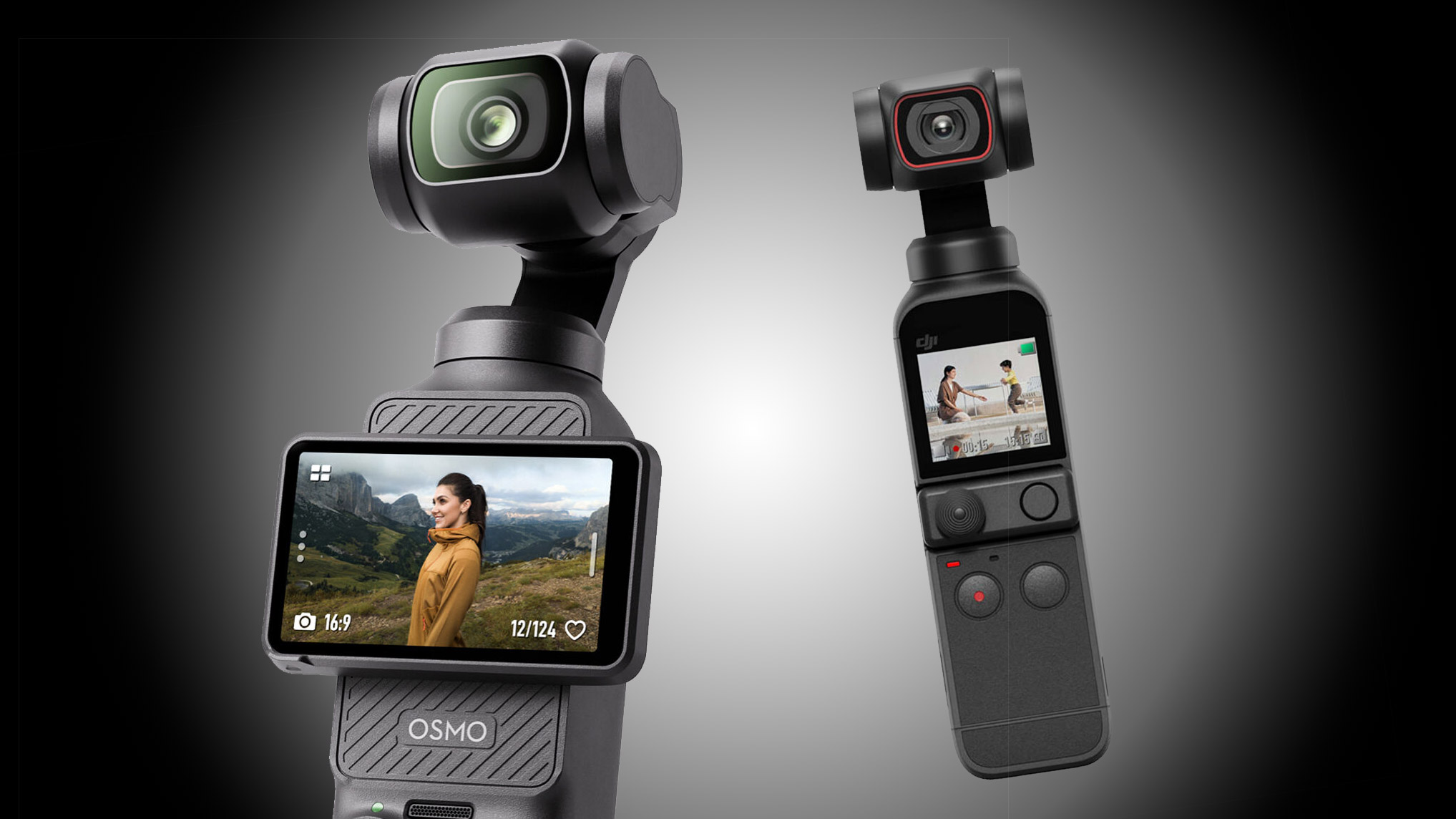
Let’s face it, we’re not short of video capture devices. From compact vlogging cameras like the Canon PowerShot V1 through to professional video gear like the Sony FX3.
So choosing the best camera for video is tricky, not least because the best camera phones are also rather good. But even the best hybrid cameras have a weakness – stabilization. Some have IBIS, others have lens IS, most have digital IS too, but these bigger sensors are hard to stabilize, and it’s very hard to get smooth camera movement without a gimbal.
And even though the best gimbals can produce amazing cinematic effects, they are a pain in the neck to set up and use. Which is why the DJI Pocket series has been such a runaway success. Here, you basically get a gimbal camera on a stick, one that needs almost no technical knowledge and slips straight into a handbag or a pocket.
The original DJI Pocket and Pocket 2 inevitably face some sensor snobbery. They use small sensors that don’t compete with the best vlogging cameras for image quality. The Pocket 3 uses a 1-inch sensor the same size as those found in many Canon and Sony compact vlogging cameras, but with 3-axis gimbal stabilization these cameras don’t even come close to matching
That’s fine, then, so let’s all just buy the Pocket 3 then? No, hold on. The Pocket 2 is still on sale at not much more than half the price (although increasingly only found in the slight more expensive Combo kit). And while the Pocket 3 does raise the game for video specs, the Pocket 2 is still an excellent little gimbal camera which may be all you need for your B-roll footage.
So let’s do a deep dive into the specs to see how the Pocket 3 and Pocket 2 differ, and whether the newer model does enough to make it a done deal.
DJI Pocket 3 vs Pocket 2
Why you can trust Digital Camera World
1. Sensor
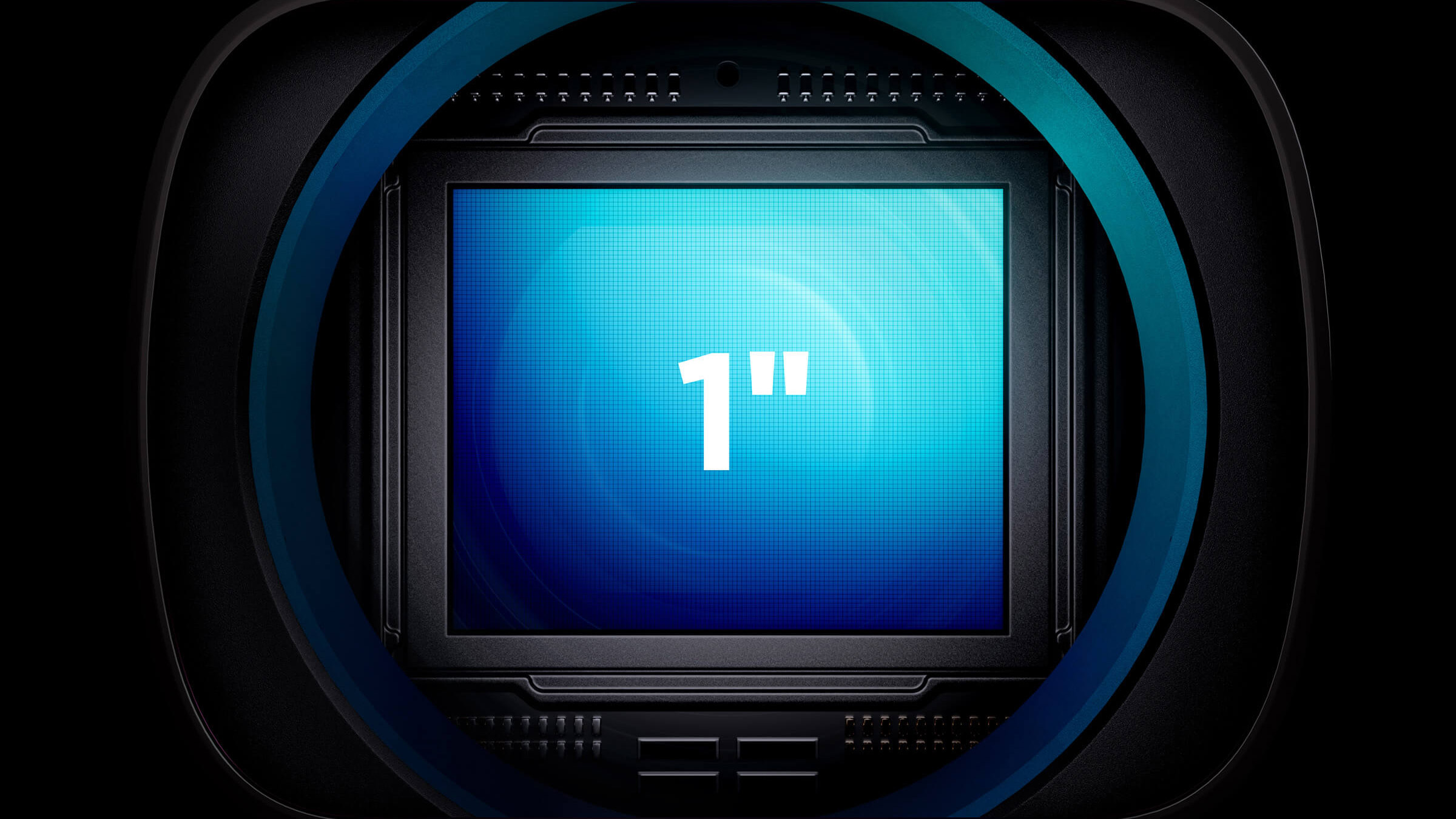
• DJI Pocket 3: 1-inch CMOS, 9.4MP stills, Full Pixel PDAF
• DJI Pocket 2: 1/1.7-inch CMOS, 16/64MP stills, Hybrid AF
The biggest technical difference between these two cameras is the sensor size. The 1/1.7-inch sensor in the Pocket 2 is a decent size for this class of camera, but only a little larger than the sensors in typical smartphones and action cameras. The 1-inch sensor in the Pocket 3 is a huge step up, offering better dynamic range, lower noise and the potential for a more cinematic look.
Both cameras have the same 20MP equivalent sensors and angle of view, but the larger sensor in the Pocket 3 means a longer focal length lens and less depth of field (though there’s still a lot). It does have a new Full Pixel PDAF autofocus system, though, compared to the simpler Hybrid AF in the Pocket 2.
Interestingly, where the Pocket 2 can capture 16/64MP stills, the Pocket 3 is much more realistic at 9.4MP. You wouldn’t really use either camera for stills photography, and the resolution of the Pocket 2 does hint at the small-sensor optimism of smartphone marketing. You shouldn’t expect too much.
2. Screen
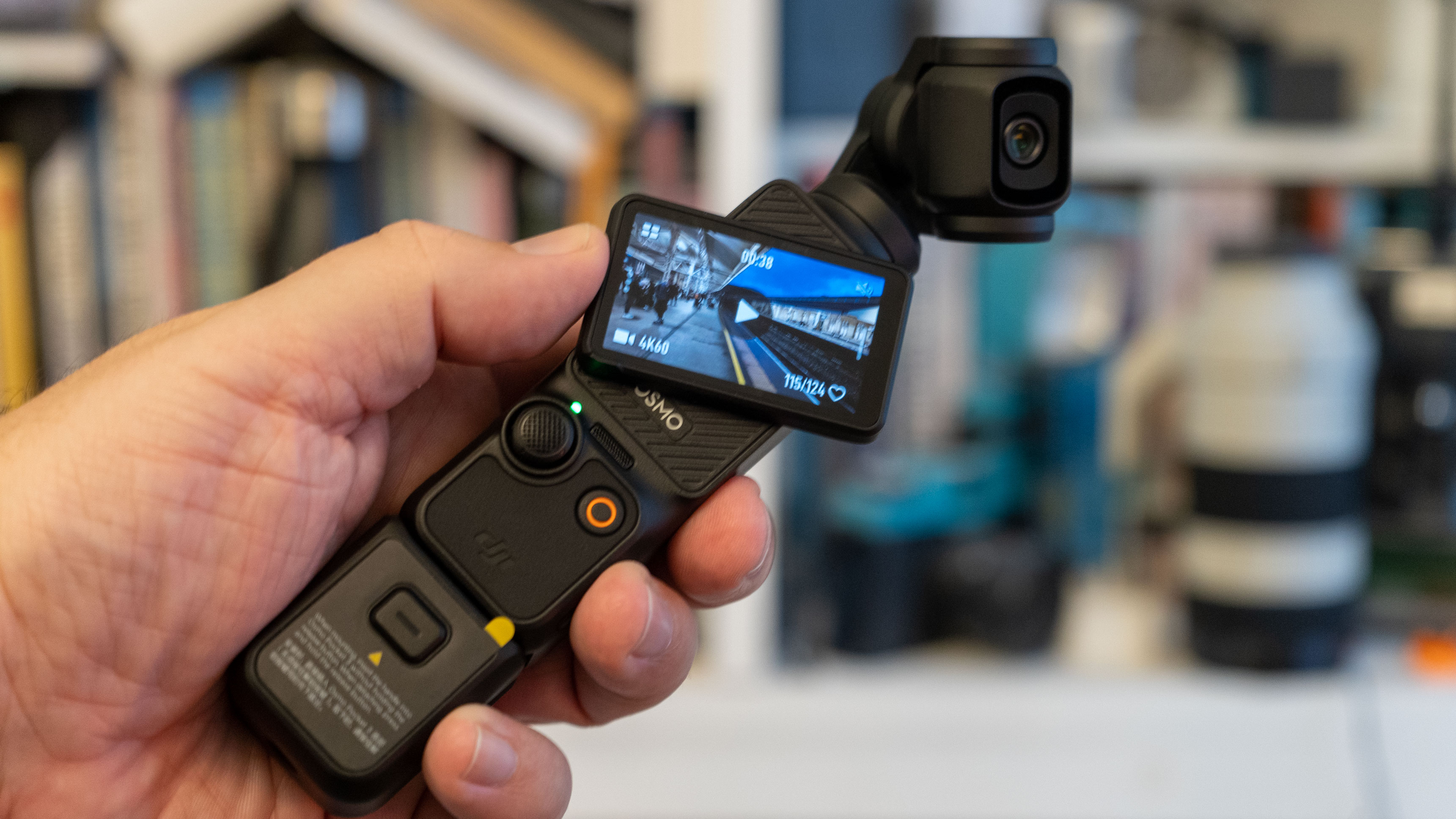
• DJI Pocket 3: 2-inch rotating, 700 nits
• DJI Pocket 2: 1-inch fixed, 500 nits
The other big design change in the Pocket 3 is its much larger screen. This does address a weakness in the Pocket 2 – its 1-inch screen is just too small to see what you’re filming clearly if you don’t have the camera right up to your face. It also makes menu navigation fiddly.
The 2-inch rotating screen on the Pocket 3 is a huge step forward. Not only is it much easier to see what you’re filming and change the camera settings, it’s also brighter – 700 nits vs 500 nits – so it should be a little easier to see in bright light too.
3. Video
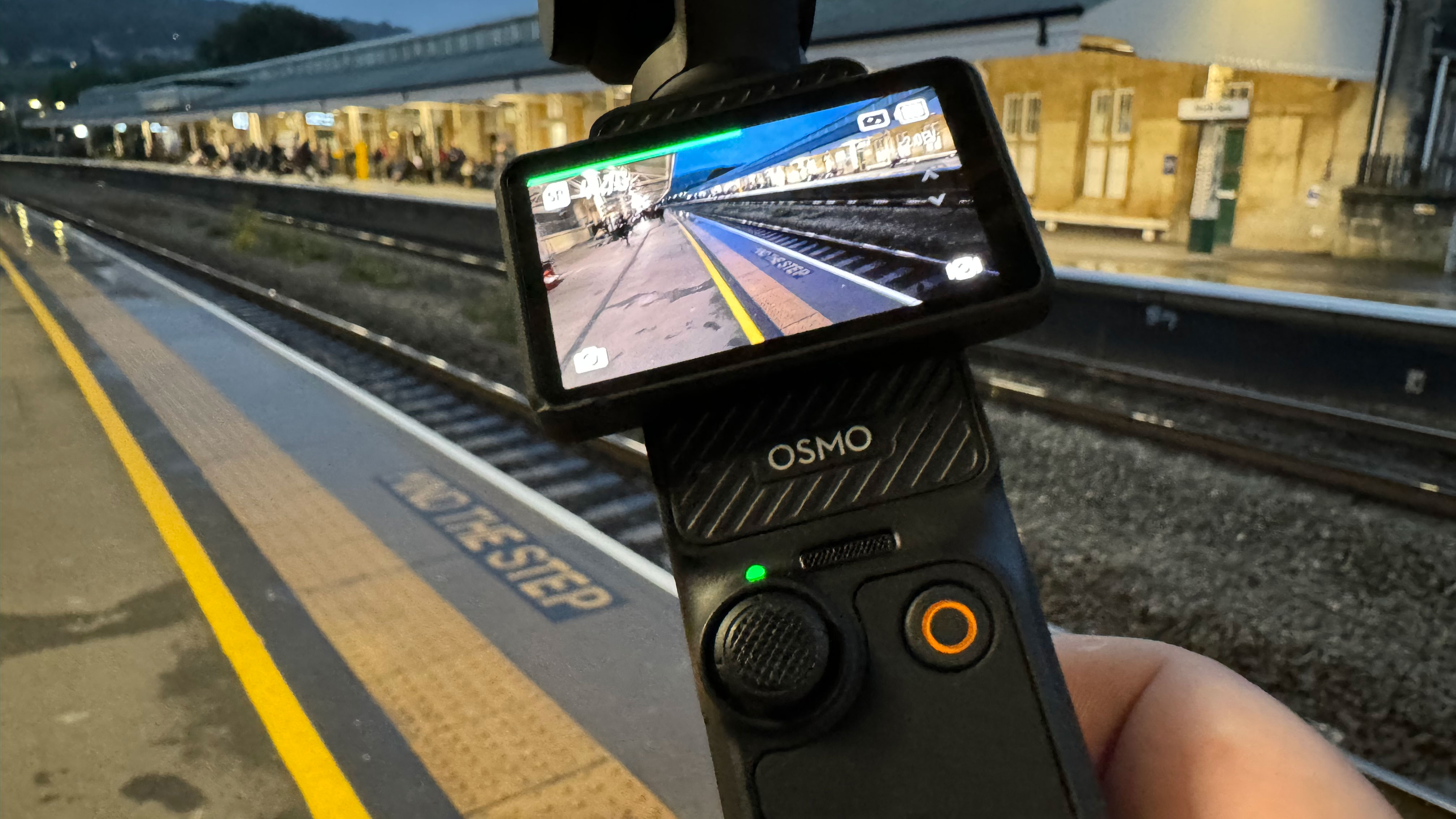
• DJI Pocket 3: 4K up to 120p, 120p slo-mo, 10-bit D-Log M/HLG, timecode, webcam, live streaming, portrait mode (3K 60p), product showcase
• DJI Pocket 2: 4K up to 60p, 240p slo-mo, 2.7K HDR with crop
The Pocket 3’s rotating screen is not just a novelty, because this supports a major new trend in social content – vertical video. When you turn the screen into its vertical position, however, it does change the video resolution, which drops to 3K 60p maximum. Is that a problem? Well, for channels that use vertical video, that’s probably more than enough.
There are some other substantial differences in video capture between the Pocket 3 and Pocket 2. Both can shoot 4K at up to 60p but the Pocket 3 adds a 4K 120p slow motion mode. On the other hand, at 1080 resolution, the Pocket 2 can shoot even slower at 240p.
Other differences are less obvious but perhaps more important for serious or pro filmmakers. The Pocket 2 does offer an HDR mode with a crop and reduced resolution, but the Pocket 3 goes way further with 10-bit capture and 10-bit D-Log M and HLG modes, all at full resolution.
4. Audio
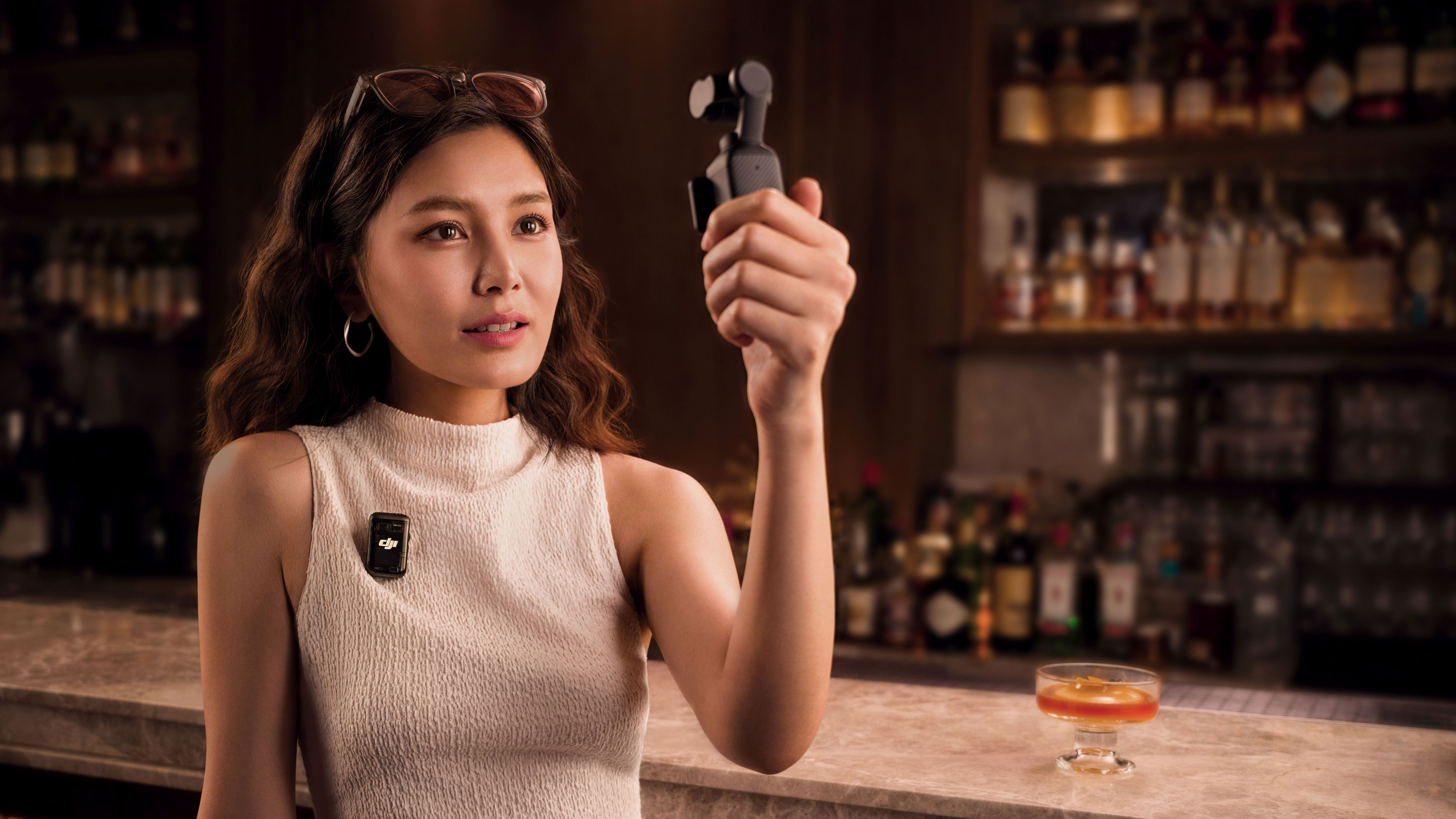
• DJI Pocket 3: 3-mic array, can connect to 2 DJI Mic 2 wireless mics
• DJI Pocket 2: 4-mic array, can connect to single DJI wireless mic
It’s swings and roundabouts on the audio front. The Pocket 2 has a four-mic array while the Pocket 3 drops to three internal mics – but the Pocket 3 does support two wireless DJI mics while the Pocket 2 supports only one. This means the Pocket 3 could be much better for interviews or joint presenting.
5. Tracking
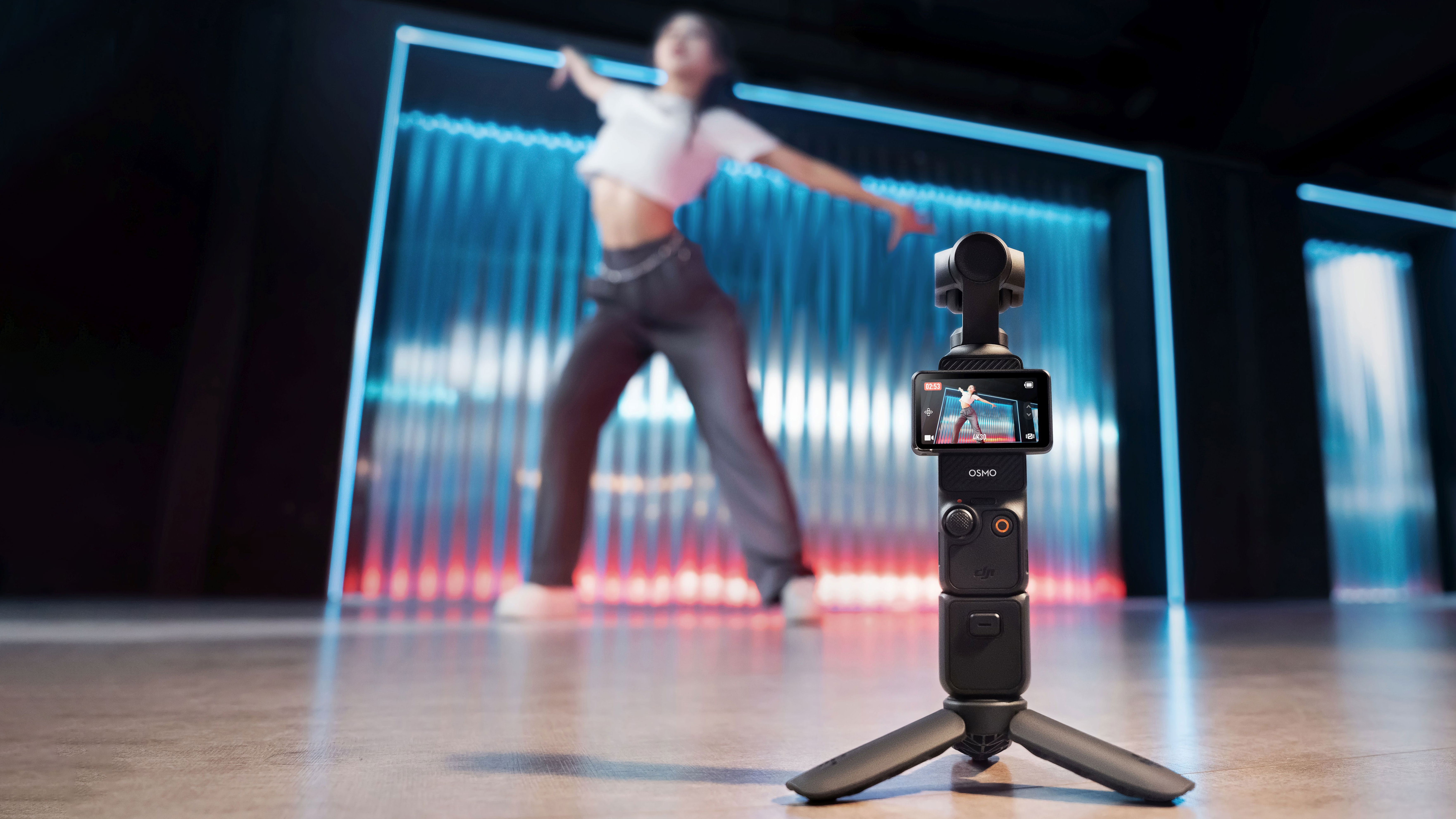
• DJI Pocket 3: ActiveTrack 6.0, Dynamic Framing, SpinShot
• DJI Pocket 2: ActiveTrack 3.0
The Pocket 2’s tracking capabilities are already pretty stellar. This is what gimbal cameras can do that regular hybrid cameras can’t – they can pan the camera to follow subjects moving around the frame. Where the Pocket 2 features DJI’s ActiveTrack 3.0 tech, it’s evolved to ActiveTrack 6.0 in the Pocket 3, so while the newer camera can follow subjects around the scene in the same way, it’s got other clever tricks like Dynamic Framing and a SpinShot effect.
6. Power
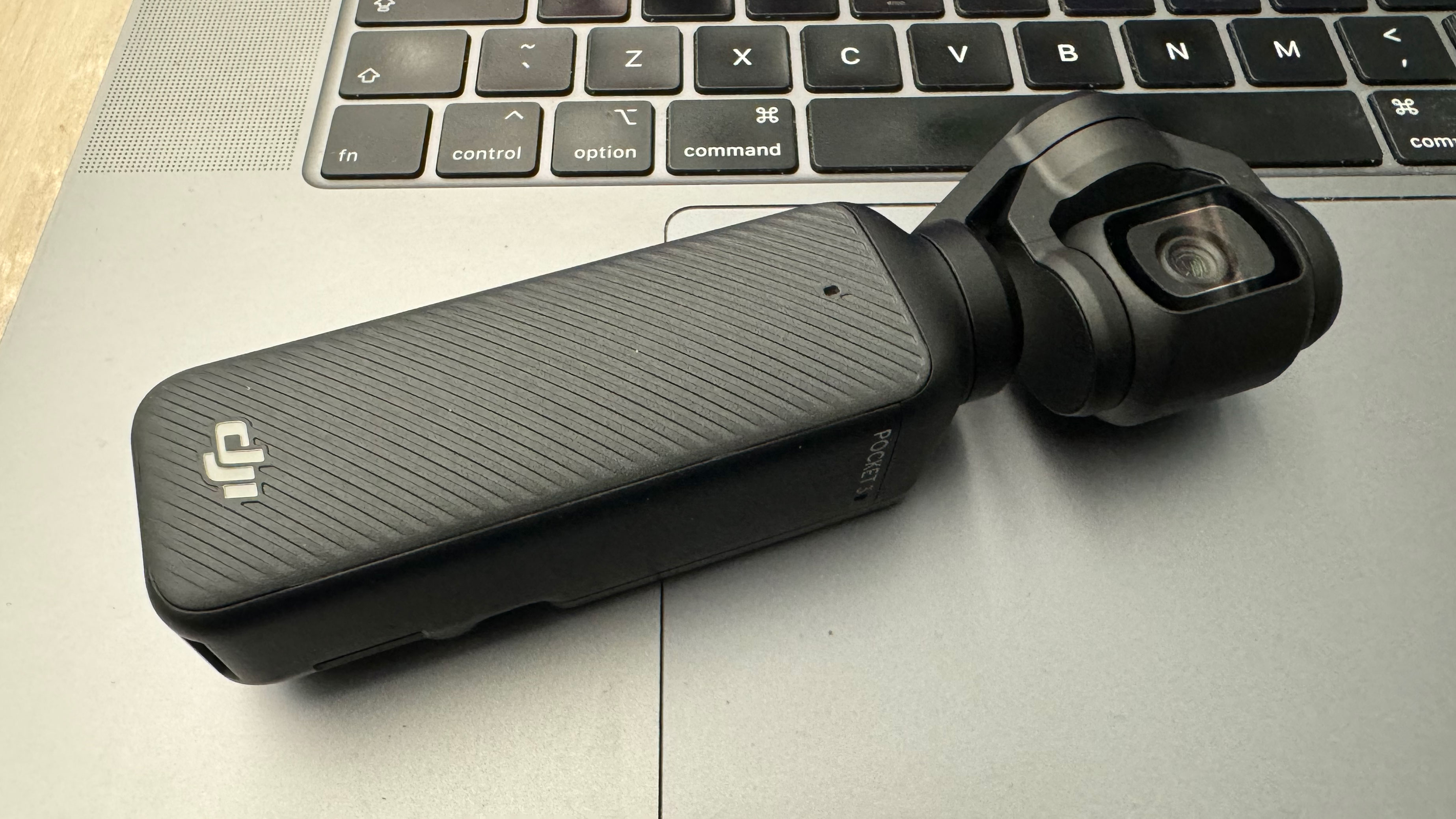
• DJI Pocket 3: 1300mAh up to 166 min runtime, 26 min longer than before, 3x faster charging, 80% fast-charge in 16 minutes
• DJI Pocket 2: 875mAh, up to 140 min runtime
The Pocket 2 has a pretty small battery that can power it for up to 140 minutes of filming. The Pocket 3 has a much larger battery, and while some of the extra capacity is taken up by the bigger screen and extra processing punch, it still lasts 26 minutes longer on a single charge.
Probably more important than this, though, is the Pocket 3’s 3x faster charging rate. Indeed, it can absorb an 80% charge in just 16 minutes, which means you can realistically top it up between shoots when taking a break or moving to a new location, for example.
7. Size and weight
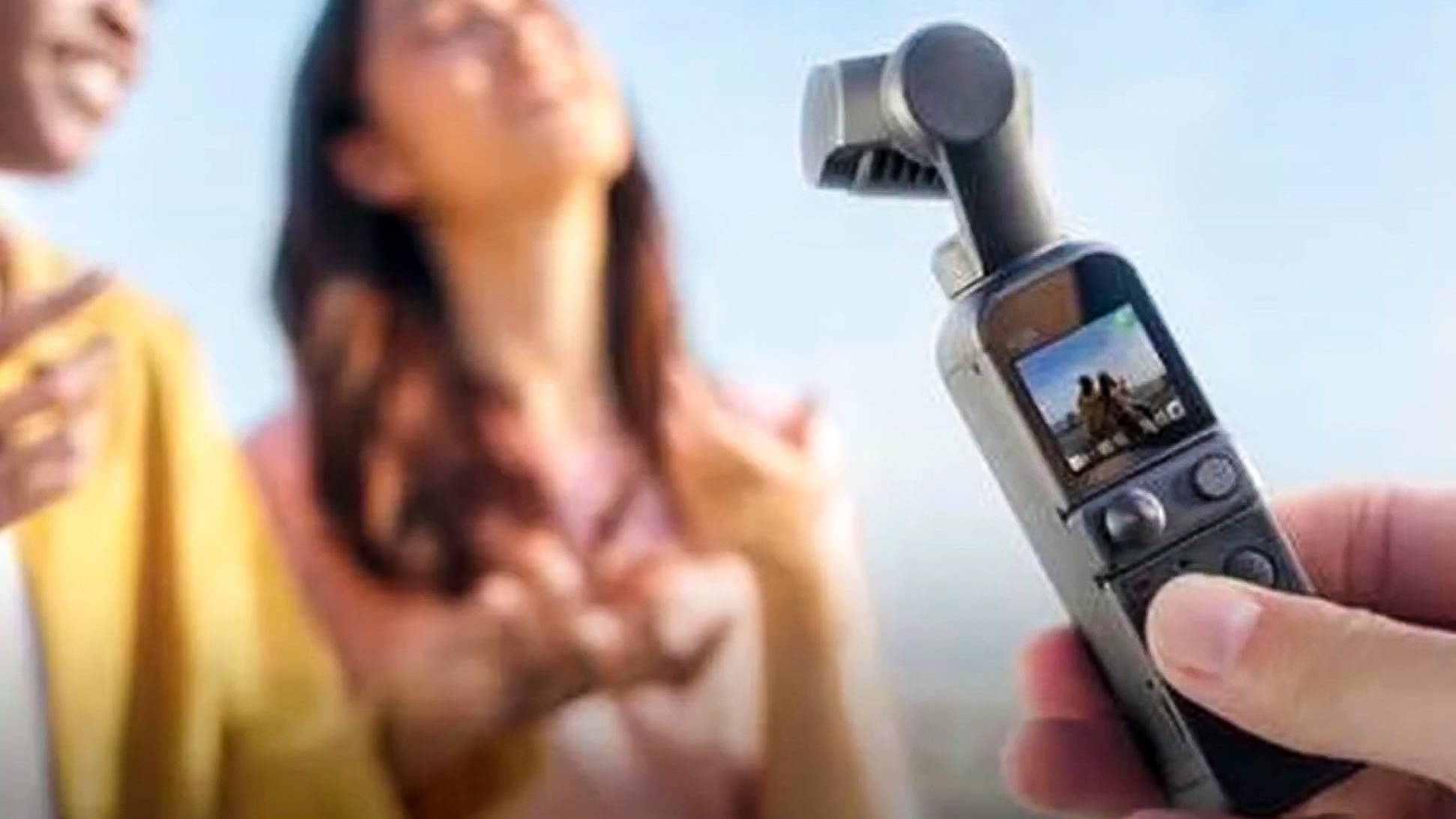
• DJI Pocket 3: 139.7 x 42.2 x 33.5mm, 179g
• DJI Pocket 2: 124.7 x 38.1 x 30mm, 117g
The Pocket 3 is visibly larger than the Pocket 2, which might seem a disadvantage, but it’s really not that clear cut. The Pocket 3 is heavier too, but still only weights 179g, and both cameras are genuinely pocket-sized and extremely portable. If anything, the Pocket 2 is perhaps too small – it is easier to handle with its optional grip extension, so many users might find the larger size of the Pocket 3 is actually preferable.
8. Price
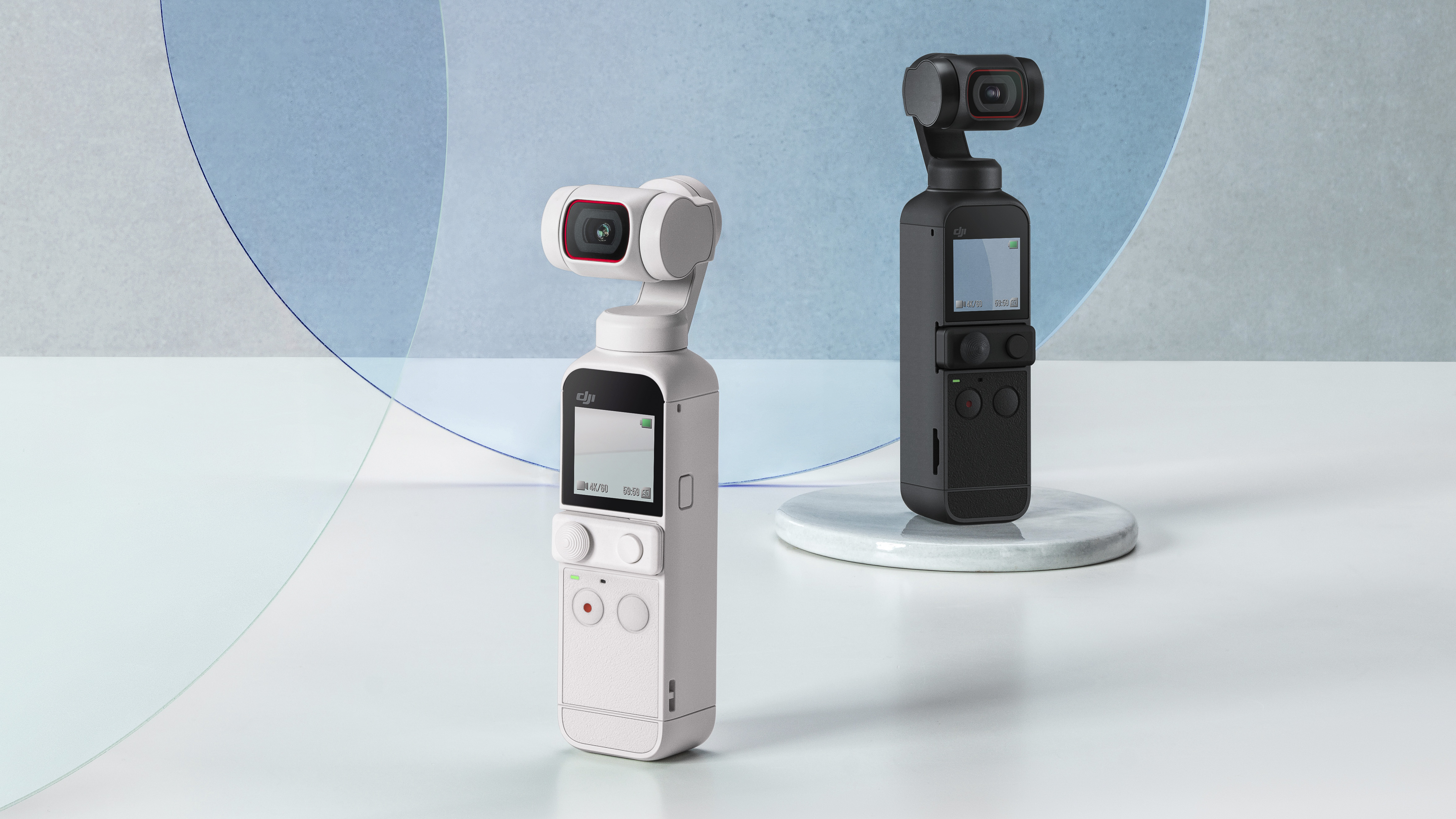
• DJI Pocket 3: $519 / £489
• DJI Pocket 2: $279 / £279
There is a considerable difference in price between the Pocket 3 and the Pocket 2, and what makes the decision harder is that the Pocket 2 is still a very good gimbal camera in its own right. The Pocket 3 can be almost twice the price of the Pocket 2, so while its screen and its video capabilities are certainly superior, you would need to consider whether the Pocket 2 is already good enough.
When comparing pricing, do note that the Pocket 2 is often only found in the Creator Combo kit - which comes with more accessories, including a wireless microphone and table tripod. The Pocket 3 is also available in a similar Creator Combo kit.
Conclusions

This is the dilemma for anyone choosing between the DJI Pocket 3 and Pocket 2. The Pocket 3 brings improvements in video quality which you may not need together with professional 10-bit capture and Log options that are more interesting to serious filmmakers than casual content creators. It could just be that the Pocket 2 is already good enough for your needs.
Having said that, the Pocket 2’s only real advantage is price. The Pocket 3 is better in just about every other way, both operationally and in terms of the quality of its results. Our advice is, if you can afford it, get the Pocket 3.
Get the Digital Camera World Newsletter
The best camera deals, reviews, product advice, and unmissable photography news, direct to your inbox!
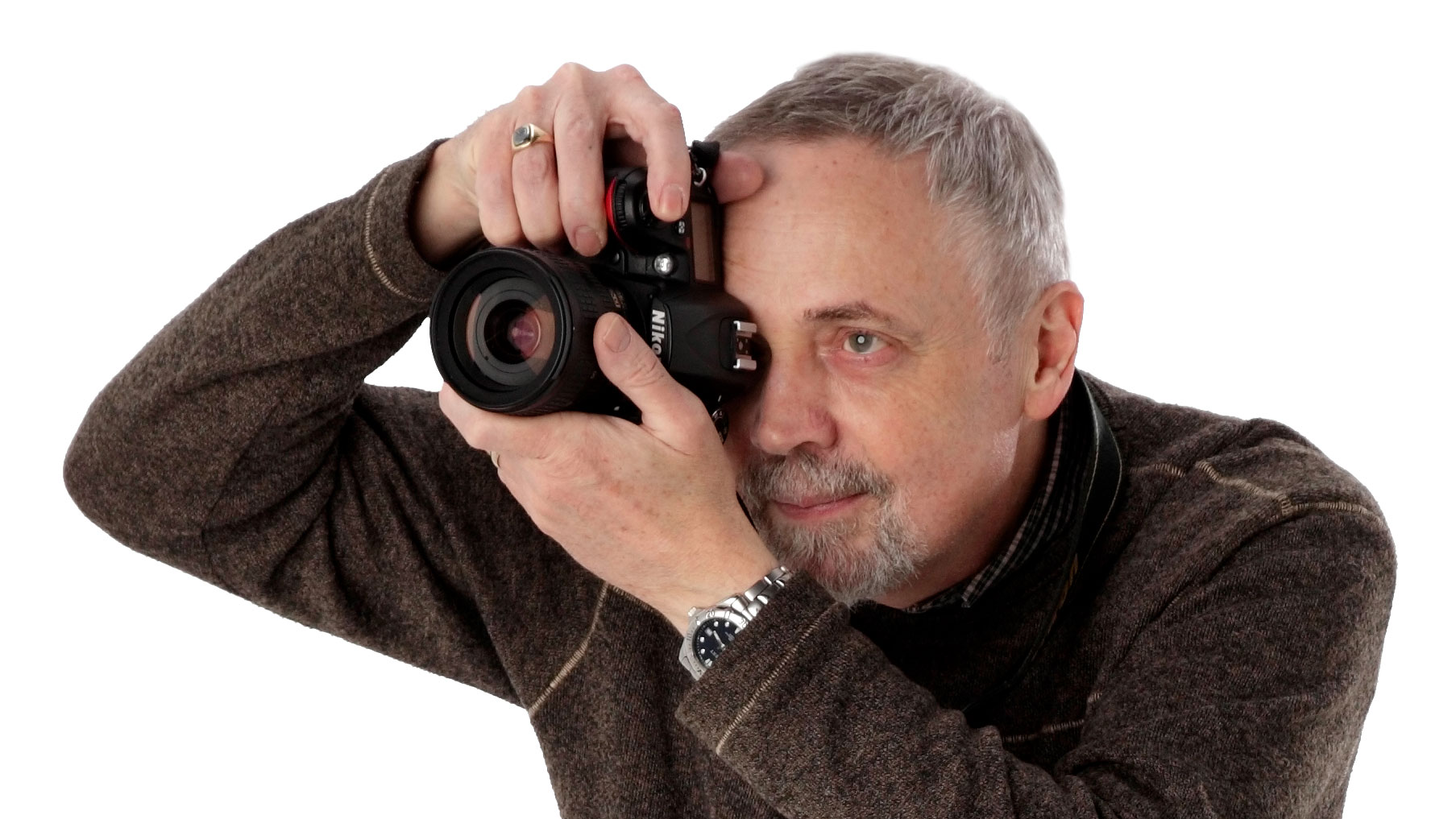
Rod is an independent photography journalist and editor, and a long-standing Digital Camera World contributor, having previously worked as DCW's Group Reviews editor. Before that he has been technique editor on N-Photo, Head of Testing for the photography division and Camera Channel editor on TechRadar, as well as contributing to many other publications. He has been writing about photography technique, photo editing and digital cameras since they first appeared, and before that began his career writing about film photography. He has used and reviewed practically every interchangeable lens camera launched in the past 20 years, from entry-level DSLRs to medium format cameras, together with lenses, tripods, gimbals, light meters, camera bags and more. Rod has his own camera gear blog at fotovolo.com but also writes about photo-editing applications and techniques at lifeafterphotoshop.com
